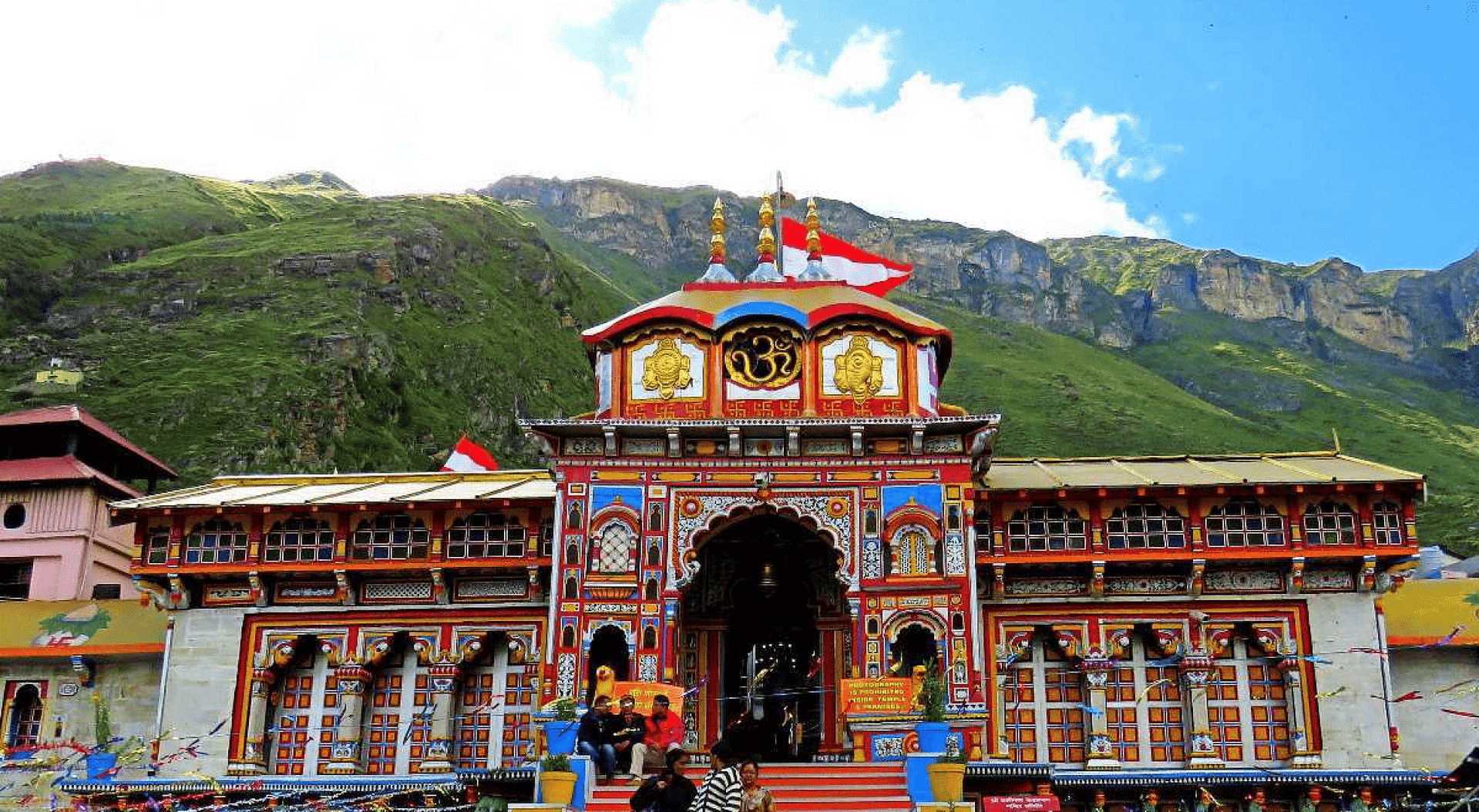Located in the Chamoli district of Uttarakhand, India, Badrinath Dham is one of the most revered pilgrimage sites for Hindus. It is an essential part of the Char Dham Yatra, a sacred journey that includes four major temples dedicated to various deities.
Historical origins of Badrinath Dham
The history of Badrinath Dham goes back centuries, with references in various ancient texts and scriptures. Adi Shankaracharya, a philosopher and theologian, is believed to have founded the present form of the temple in the 8th century. However, the importance of the place predates even these times, with mentions in the Skanda Purana and the Mahabharata. Its origins are intertwined with the stories of sages and saints who sought solace in its peaceful surroundings.
Mythological meaning
The Legend of Lord Badrinath
The mythology of Badrinath Dham is intertwined with the legend of Lord Badrinath, an incarnation of Lord Vishnu. According to the story, Lord Vishnu meditated here to dissolve the sins of mankind and make it a powerful center of spiritual energy. The name “Badrinath” itself is derived from the Sanskrit words “badri” (berry) and “nath” (lord), meaning the association of the place with the fruits that Lord Vishnu consumed during his penance.
Association with Lord Vishnu
Badrinath Dham’s association with Lord Vishnu goes beyond legend. It is believed that Adi Shankaracharya founded Badrinath as a center for Vaishnavism, emphasizing devotion to Lord Vishnu. In the sanctum of the temple is a black stone image of Lord Badrinarayan, a manifestation of Lord Vishnu, in a meditative pose.
Architectural Marvels of Badrinath Temple
Intricate sculptures and carvings
The architecture of the Badrinath temple is a display of dedication and skill. His intricate sculptures tell stories from Hindu epics, while the detailed carvings exude respect and awe-inspiring craftsmanship.
Sanctum: A hallowed inner chamber
At the heart of the temple lies the sanctum where the sacred deity resides. The silver-plated icon of Lord Badrinath, adorned with jewels and silk, draws devotees into the realm of spiritual fervor and devotion.
Legends of Narada Muni and Nara-Narayana
Narada Muni: The Divine Troubadour
Narada Muni’s devotion to Lord Vishnu is legendary. His penance near Badrinath Dham further raises his spiritual vibration and underlines the importance of unwavering devotion.
Nara-Narayana: The eternal meditator
The divine duo, Nara-Narayana, engaged in deep meditation near Badrinath Dham. Their celestial energy continues to envelop the area and inspire devotees on their spiritual journeys.
Daily services and offerings
Daily pujas, offerings and rituals at Badrinath Temple create a deep connection between devotees and the divine. The temple follows a strict schedule of ceremonies starting with the early morning ‘Abhishekam’ (ritual bath) of the deity. The ‘Geet Govind’ hymns composed by Adi Shankaracharya are recited during morning prayers and fill the air with melodious devotion.
Mana village
Mana Village is a living testimony of time. Located near Badrinath Dham, it is the last inhabited Indian village before the Tibetan border, offering a glimpse of the unique Himalayan way of life.
Swargarohini
The majestic peak of Swargarohini near Badrinath is often associated with the path to heaven. Its name literally means “road to heaven”. The allure of this peak has inspired countless stories and narratives, adding another layer of mystique to the already enchanting legends of the region.




